Tourists these days are looking to travel more sustainably around the globe. Cycling, especially, enables you to discover a nation at your own pace, keeps your carbon footprint low, and provides you with access to places that are not accessible by car or bus. A nation that has just the right mixture of culture, history, and scenery for eco-traveling is Cambodia.

From the ancient temples of Angkor to rural countryside and busy city streets of Phnom Penh, Cambodia is perfect for those who wish to interspersed adventure, culture, and responsible tourism. Before you embark on your cycling trip, there's one logistics step to deal with beforehand: the Cambodia eVisa. In this guide, we shall deal with all you need to know concerning cycling around Cambodia, employing an eVisa, eco-friendly tips for traveling, and routes you must see.
Why Visit Cambodia for Cycling Holidays
Cambodia might be renowned for its temples, but it is much more than the beauty of Angkor Wat. Cambodia has to offer:

Varied Landscapes: Green rice paddies, winding rivers, small mountains, and white beaches.
Rich History and Culture: Old temples, French colonial buildings, and bustling local markets.
Friendly Locals: The Cambodians are friendly, and cycling enables the travelers to have more genuine contact with communities.
Eco-Tourism Options: Riding a bicycle reduces environmental wear and tear while still permitting discovery.
Cycling allows one to become totally immersed in the environment. You'll see things that would otherwise go unnoticed on a car: children at play in rice paddies, farmers laboring in the early morning sun, and rural Khmer villages hiding from main roads.
Getting Your Cambodia eVisa
Before you pedal through Cambodia’s countryside, you need a valid visa. The Cambodia eVisa simplifies entry, especially for travelers planning eco-friendly or extended trips.
What is the Cambodia eVisa?
The eVisa is an online visa that allows tourists to enter Cambodia for up to 30 days. It eliminates the need to visit an embassy or stand in long airport lines, making it perfect for independent travelers, including cyclists.

How to Apply for Cambodia eVisa:
Complete the online Cambodia eVisa application with your passport details and travel plans.
Upload necessary documents: passport scan, recent photograph, and sometimes proof of accommodation.
Pay the fee online via secure payment methods.
Receive the eVisa approval in your email within 2–3 business days.
Once approved, print the eVisa or save a digital copy to present at border control.
Advantages for Cyclists:
Quick and easy online processing.
Valid at major entry points, including airports and land borders.
Peace of mind to start your journey immediately upon arrival.
Planning Your Cycling Trails in Cambodia
Cambodia is paradise for a cyclist because of its varied topography and several cultural sites. Some of the most sought-after and scenic routes are as follows:

1. Siem Reap to Angkor Temples
Biking around Siem Reap is convenient as well as adventurous. See the world-famous Angkor Wat, Bayon Temple, and Ta Prohm at your own pace. Early morning is best to escape the crowd and get the best photo opportunities.

2. Siem Reap to Tonle Sap Lake
South cycle from Siem Reap to Tonle Sap, Southeast Asia's largest freshwater lake. Along the way, you get to see floating villages, fishermen, and dense wetland biodiversity. It's quite flat terrain, ideal for eco-conscious travelers seeking a leisurely pace.

3. Phnom Penh City Cycling
The city is crazy, but by bike you can travel the streets. Visit Royal Palace, National Museum, and Central Market. Optimal time is early morning when traffic is light and it is not hot.

4. Battambang Countryside Tour
Battambang is famous for its rural scenery and colonial architecture. The bike trails here pass through rice fields, rural farms, and villages. Don't miss a ride on the Bamboo Train—a quacky Cambodian train that's an added delight for your eco-travel experience.

5. Cycling along the Coast in Sihanoukville & Kep
For visitors who love seascapes, bike traveling along Cambodia's southern coastline offers beautiful beaches, seafood stalls, and less-traveled roads. Sihanoukville to Kep is particularly attractive and peaceful.

Tips for Eco-Friendly Cycling in Cambodia
Cycling is sustainable by nature, but there are ways to ensure your journey has minimal environmental impact:

Use Reusable Water Bottles: Cambodia is hot, and hydration is essential. Avoid single-use plastic bottles when possible.
Respect Local Wildlife and Habitats: Stick to roads and trails to avoid disturbing ecosystems.
Support Local Businesses: Eat at family-run restaurants and buy local products instead of imported goods.
Proper Waste Disposal: Pack a miniature trash bag for snacks' packaging or wrappers.
Travel Light: Lightweight cycling makes the cycle process more effective and saves energy.
Must-Have Gear for Cycling in Cambodia
To ensure a smooth and pleasant trip, carry the necessary gear:
Trustworthy Bicycle: A touring or mountain bike is perfect for varied terrain.
Helmet and Safety Equipment: Required for city riding and rural roads.
Rain Gear: Cambodia has a tropical climate with abrupt rain showers.
Navigation Aids: Offline maps or GPS are helpful in the remote countryside.
First Aid Kit: Minor scrapes are frequent, so it's better to be prepared.
Camera or Drone: Record the journey responsibly; if using a drone, ensure that local regulations are followed.
Interacting with Locals While Cycling in Cambodia
Cycling is also about people and interaction. Cambodians tend to be warm and interested in foreigners. Here's how to have genuine interactions:

Learn Basic Khmer Phrases: Simple greetings like "Sok Sabay" (Hello) do the trick.
Respect Traditions: Dress respectfully, particularly when going to temples and rural areas.
Offer to Share Stories: Locals tend to like hearing about your travels and will share stories about their culture.
Support Village Projects: Make small donations to schools or community projects that you visit along the way.
Safety and Health Tips travel in Cambodia
Cycling in a foreign country requires awareness and preparation:
Stay Hydrated: Carry plenty of water, especially on long rides in hot weather.
Sun Protection: Use sunscreen, sunglasses, and lightweight clothing.
Check Your Bike Daily: Inspect brakes, tires, and gears before setting off.
Travel Insurance: Ensure your policy covers cycling accidents.
Avoid Night Riding: Roads may be poorly lit, and traffic can be unpredictable.
Blending Culture and Nature
Cycling in Cambodia lets tourists mix culture and nature effortlessly. A day, you could ride past the stone carvings of Angkor; the next, paddle through serene rice fields, seeing water buffalo and working farmers.

This relaxed pace promotes responsible travel, allowing you to soak up what's around you rather than tearing from one tourist attraction to the next. You'll also be more aware of your impact on the environment, making your trip truly sustainable.
Eco-Friendly Places to Stay
While cycling, where you stay can also be an extension of your environmentally friendly approach to travel:
Village Guesthouses: Often they are family-owned and based on local means.
Eco-Lodges: Some natural reserves surrounding lodges adopt sustainable water and energy consumption.
Cyclist-Friendly Hostels: Search for hostels that provide bicycle parking, repair kits, and guides.
Sample 7-Day Cycling Itinerary
Following is a proposed one-week itinerary for an evenly balanced eco-friendly cycling tour of Cambodia:

Day 1: Arrive in Siem Reap, pick up your eVisa, hire bicycles, and discover the city.
Day 2: Ride to Angkor Wat, Angkor Thom, and Ta Prohm. Spend the night in Siem Reap.
Day 3: Ride south to Tonle Sap Lake, go to floating villages. Spend the night in a lakeside guesthouse.
Day 4: Travel by bus or train to Battambang; afternoon cycling tour of rural villages.
Day 5: Visit bamboo train and countryside cycling near Battambang.
Day 6: Transfer to Phnom Penh; city cycling tour featuring Royal Palace and markets.
Day 7: Optional short coastal excursion to Sihanoukville or Kep for easy ride before departure.
This program mixes history, culture, countryside, and coastal scenery, providing a total experience.
Final Thoughts
Cycling through Cambodia is not only an adventure; it's also the eco-friendly means of exploring a nation teeming in history, culture, and nature. An independent traveler can easily enter Cambodia with a Cambodia eVisa and start his or her environmentally friendly tour without wasting precious time.
By traveling by bicycle instead of motor vehicle, patronizing local businesses, and being mindful of the environment, tourists not only leave a smaller footprint on the earth but also connect more intensely with communities. Cambodia's temples, rivers, rice fields, and coastline provide boundless scope for experiential discovery.
So, bring your equipment, get your eVisa, and prepare for a rewarding cycling tour that's as good for you as for the locations you'll explore. Cambodia awaits discovery—one pedal stroke at a time.

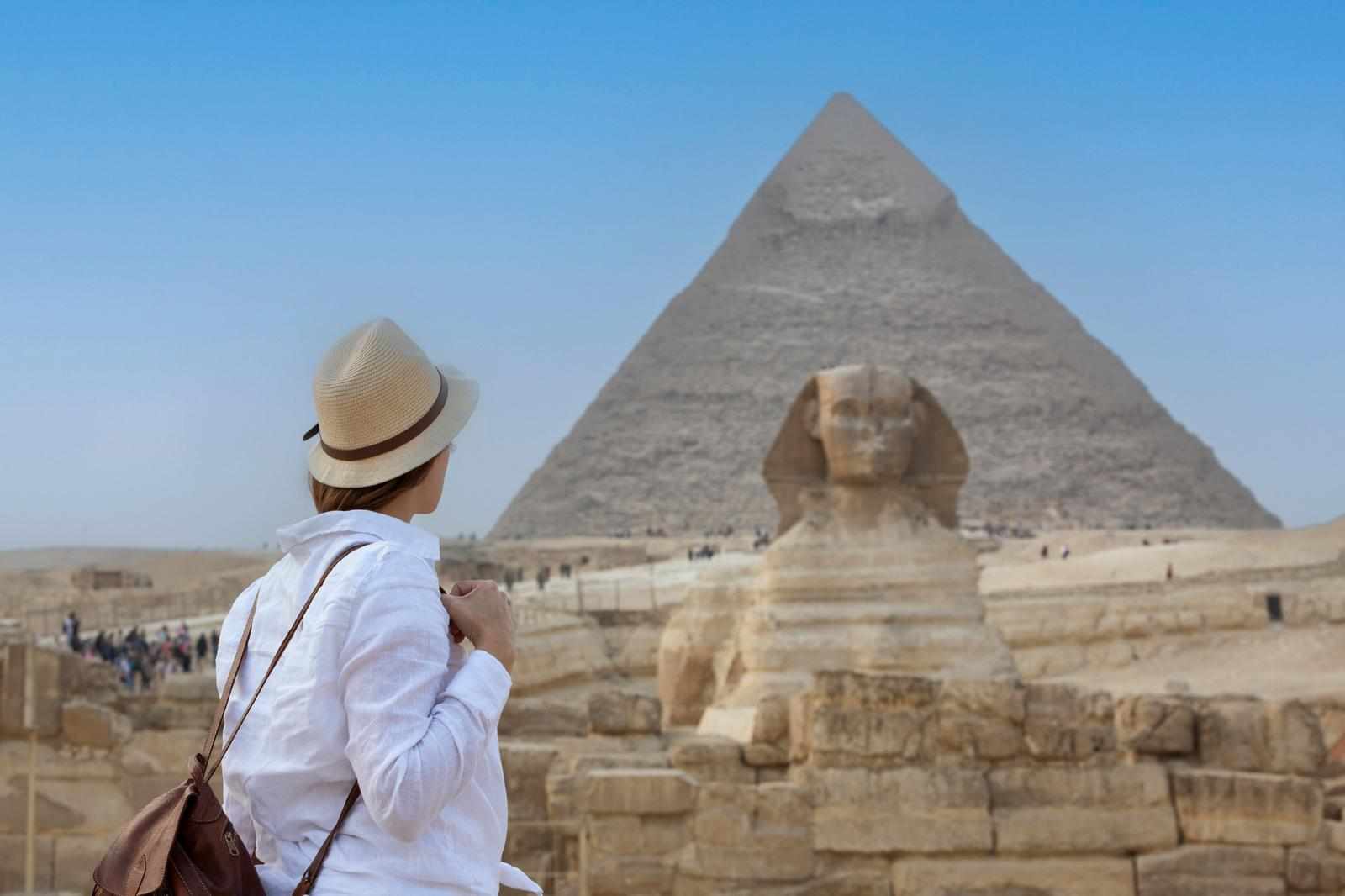
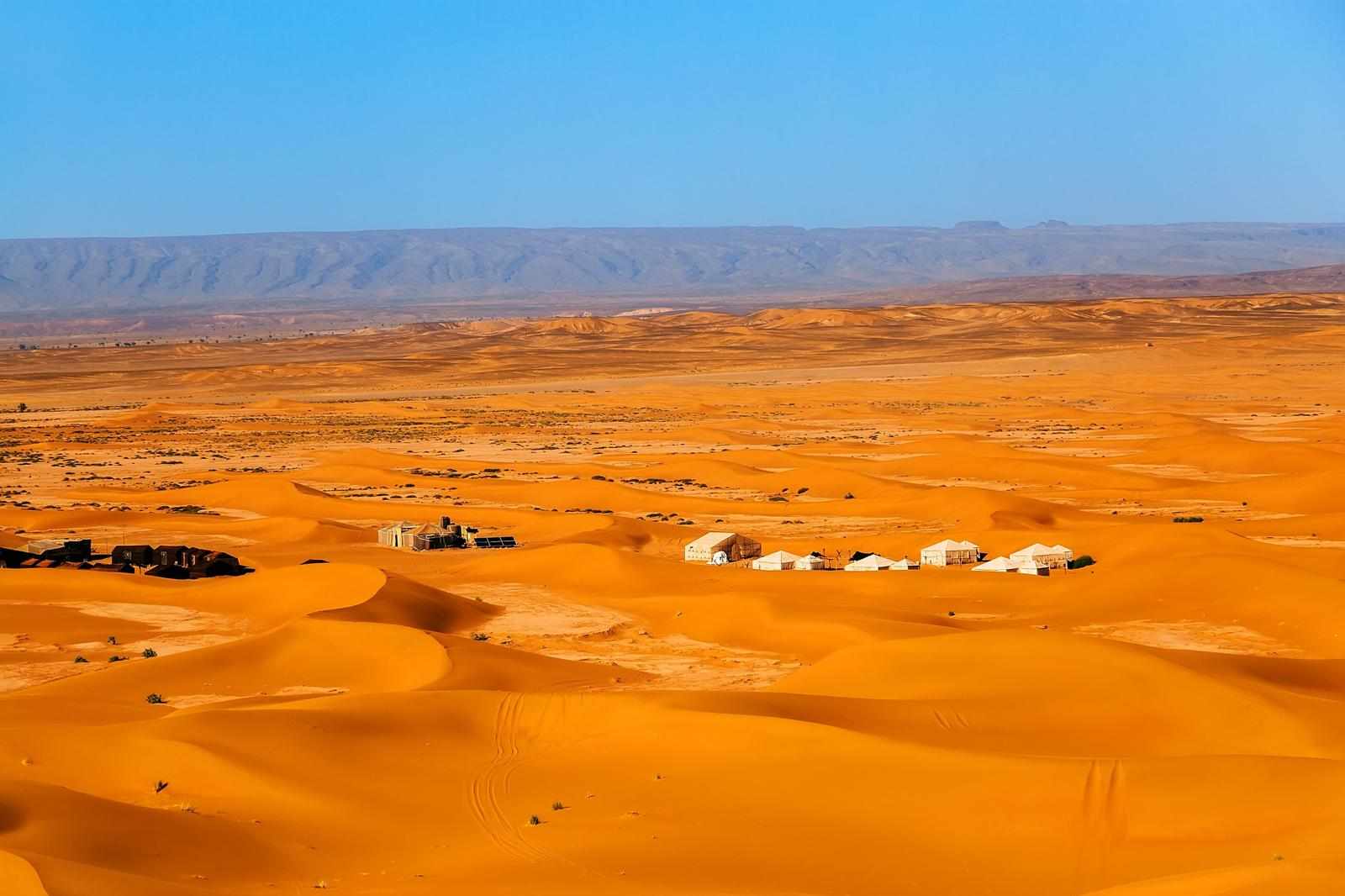
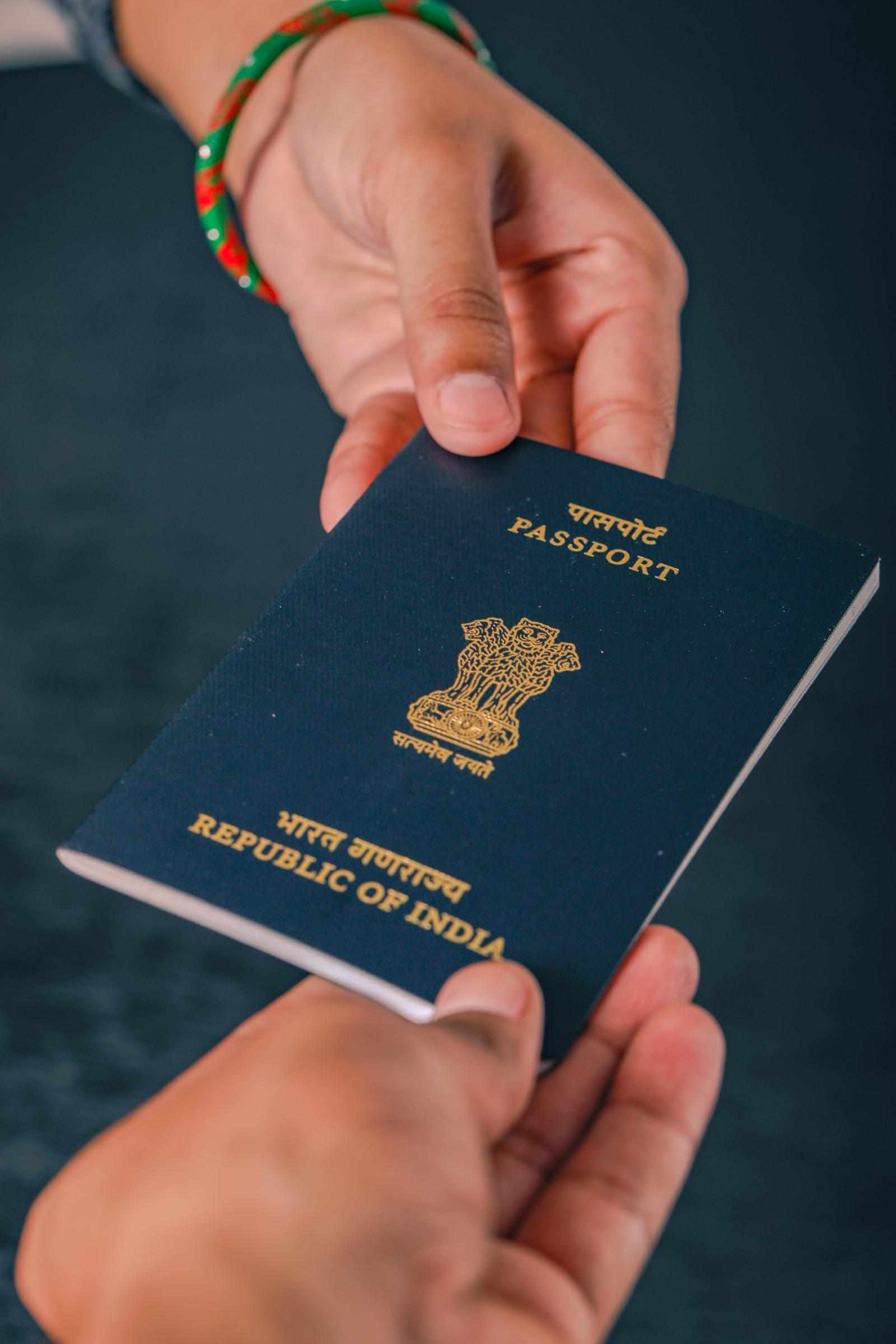
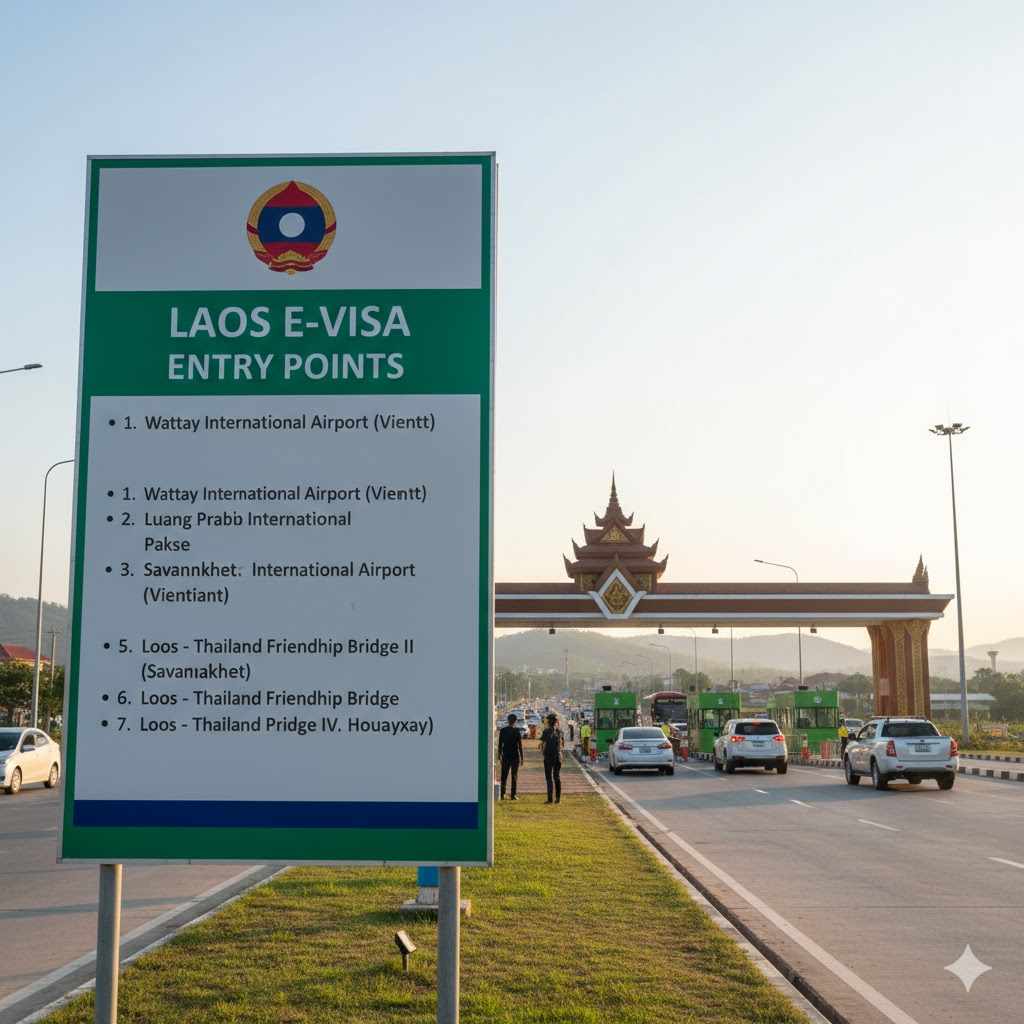

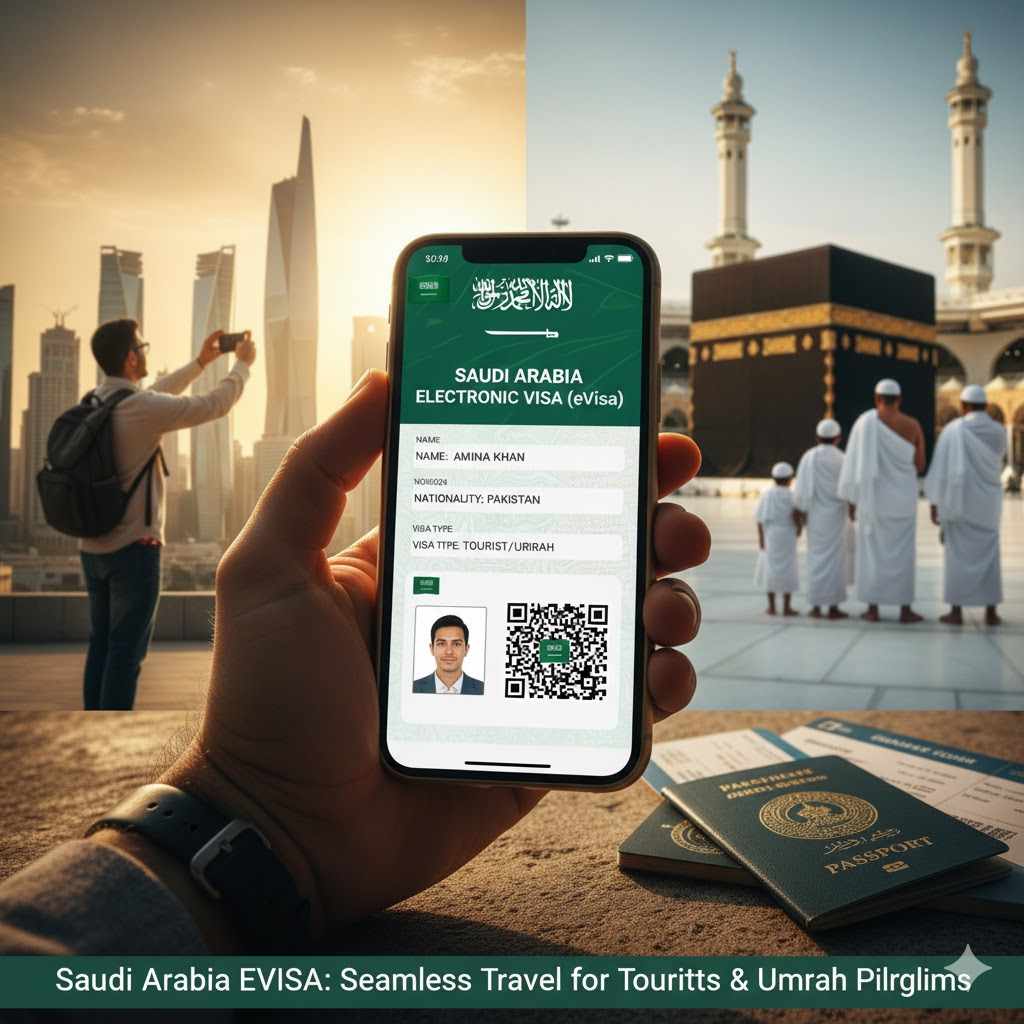
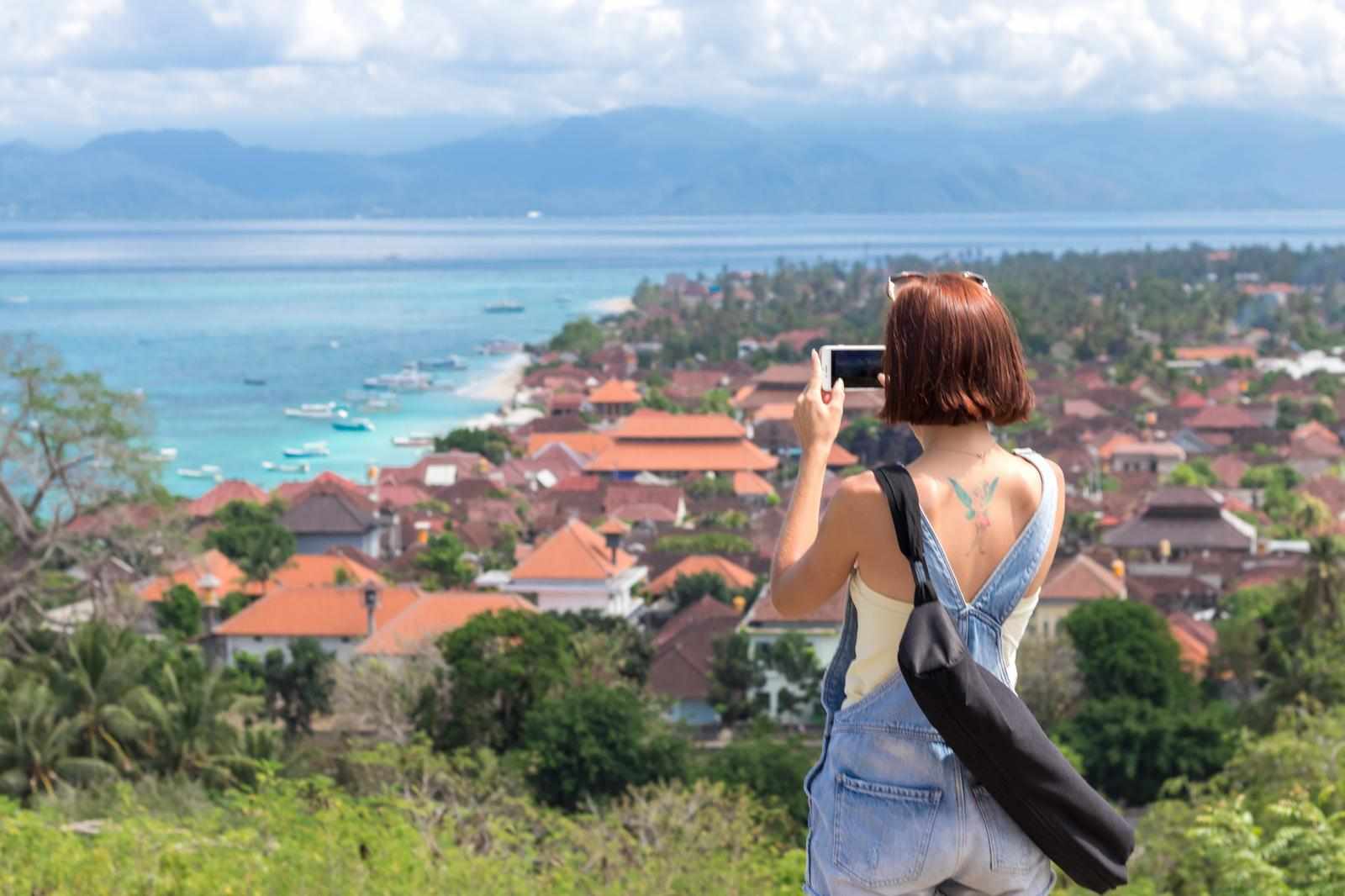

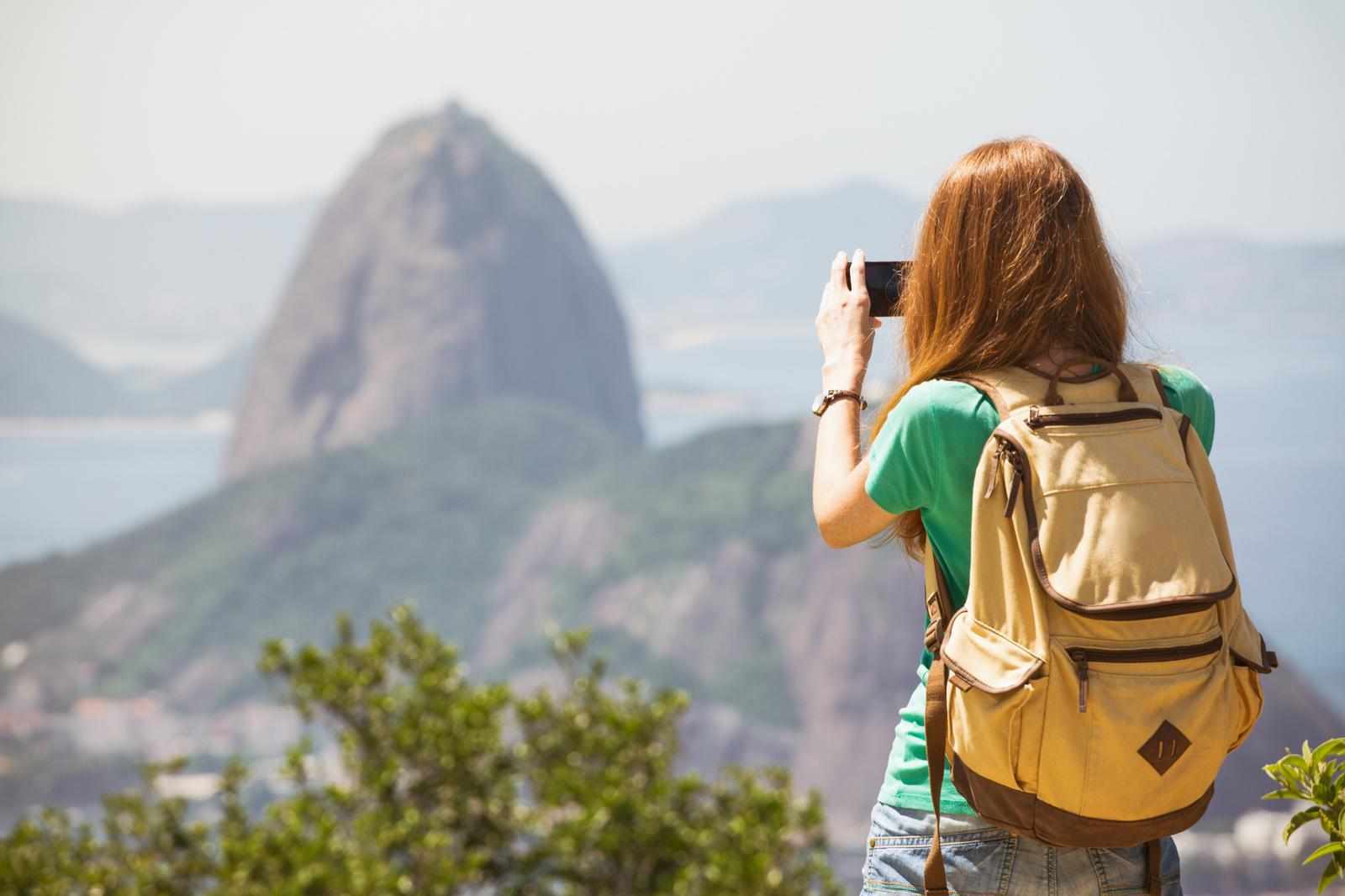
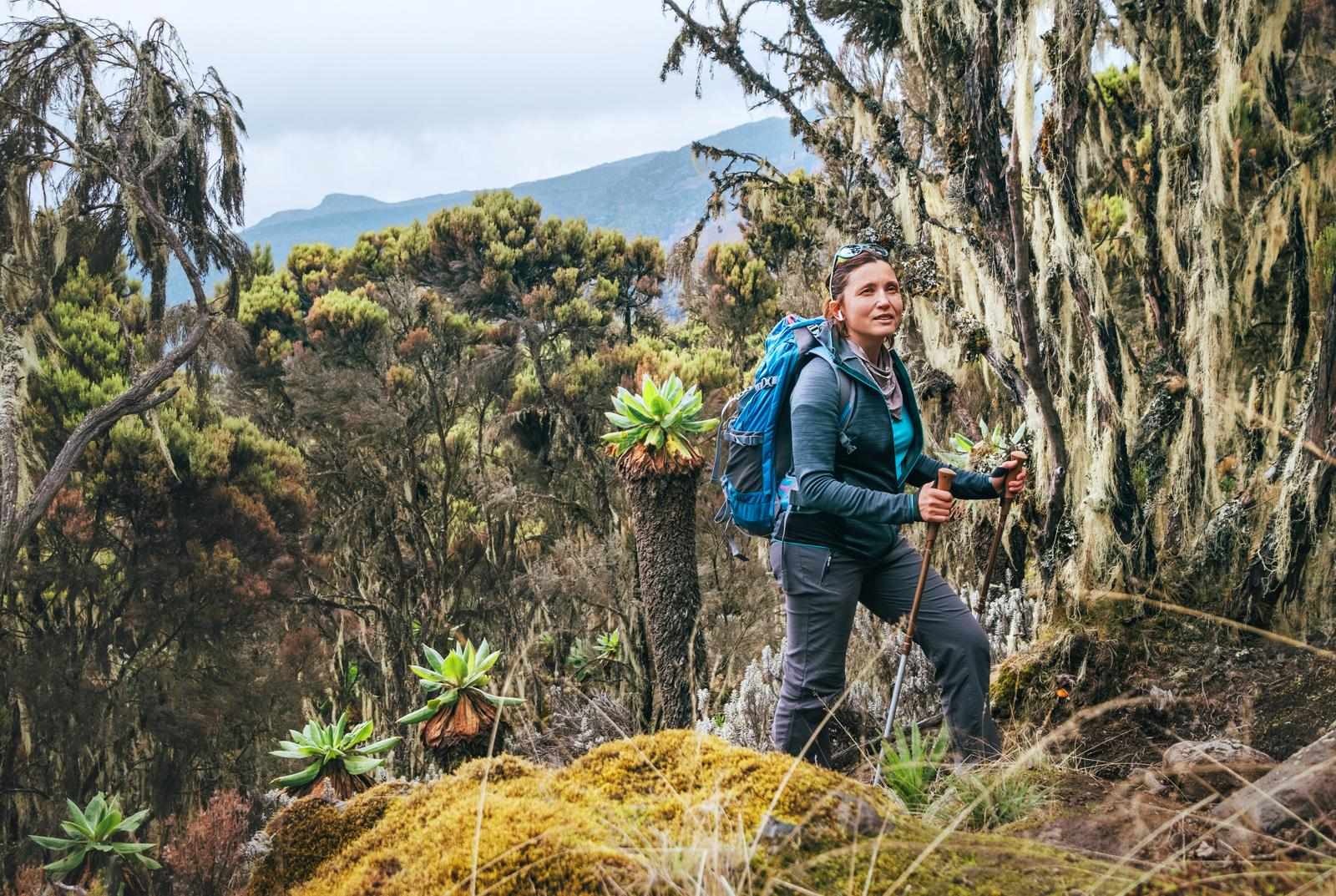
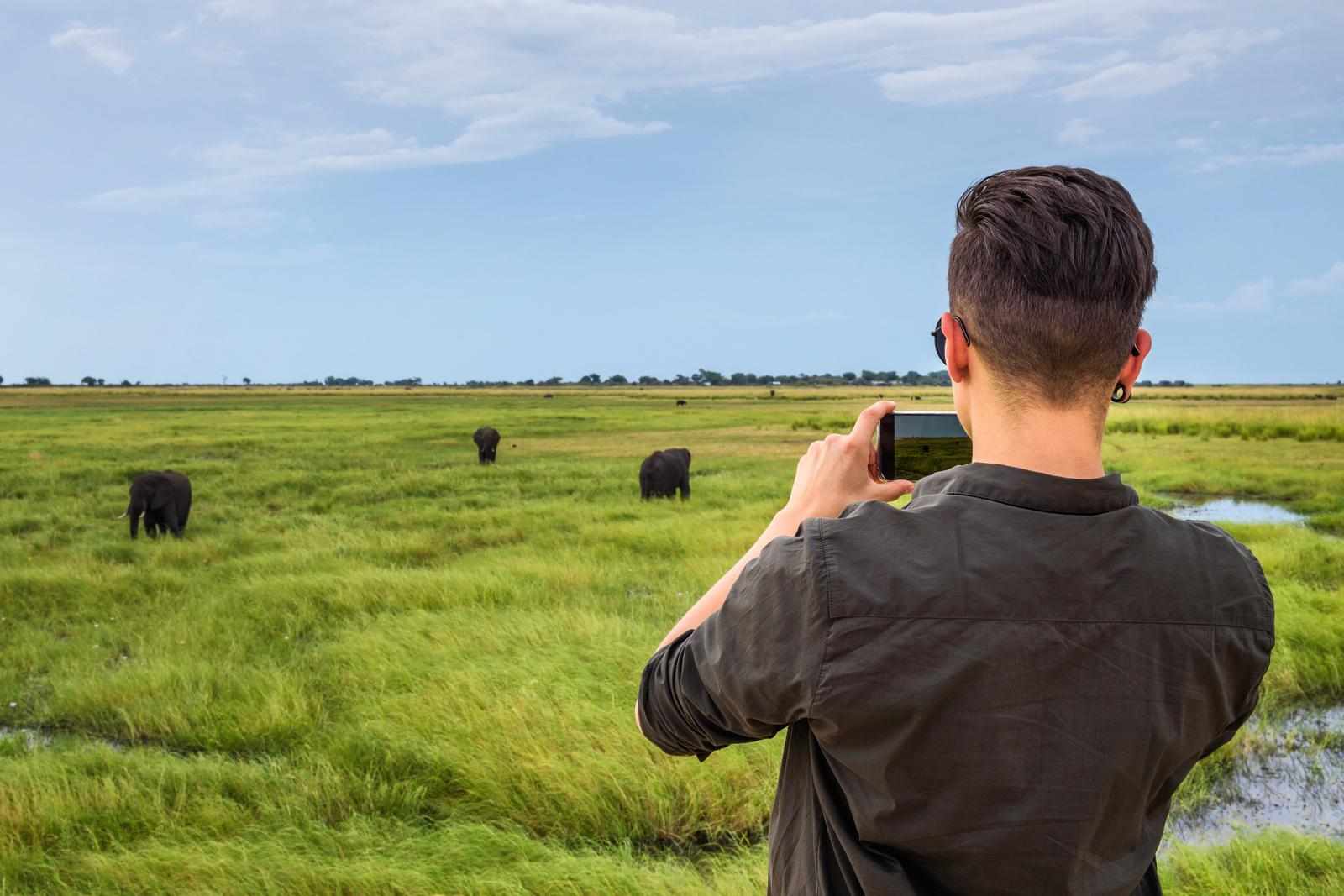
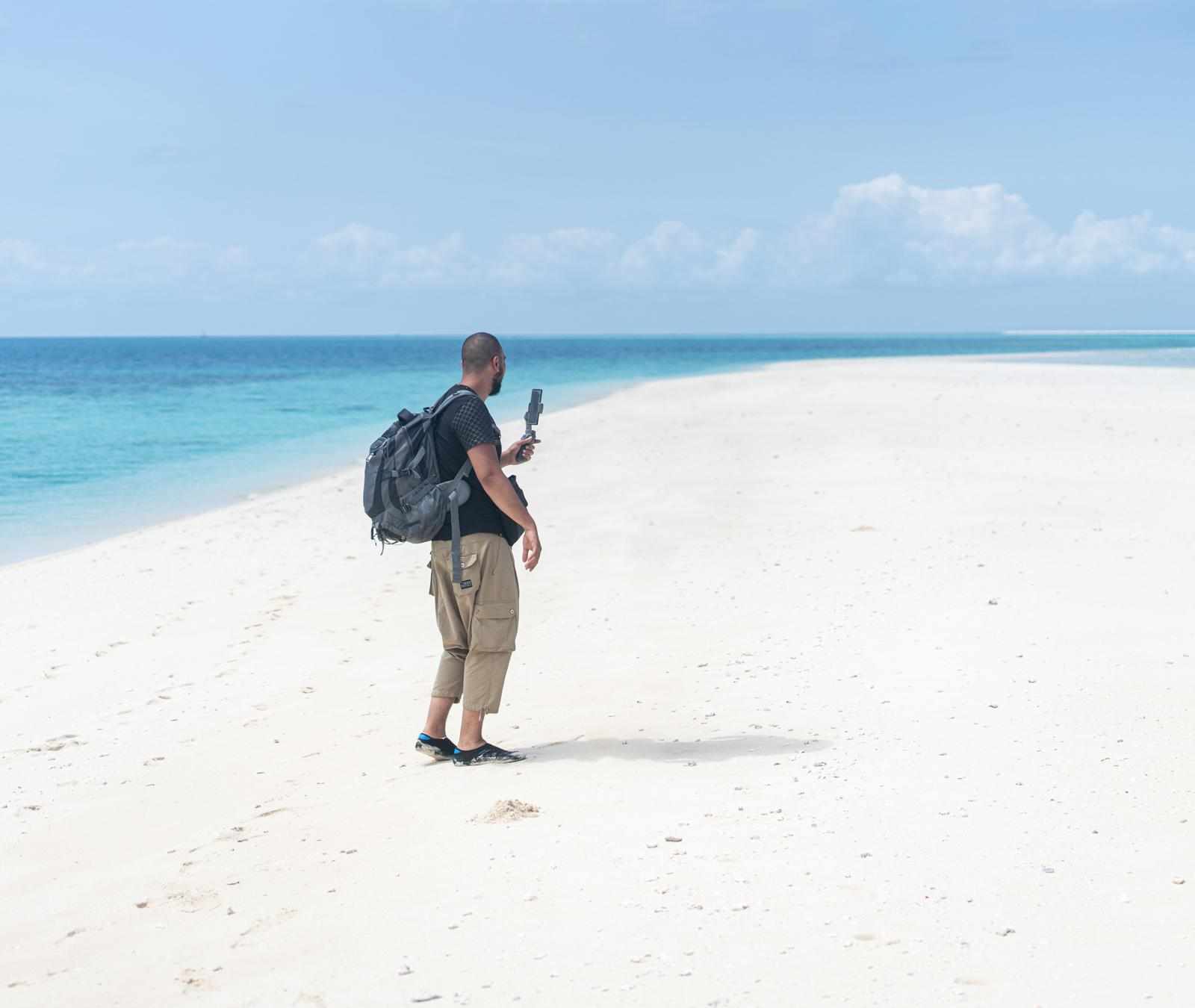
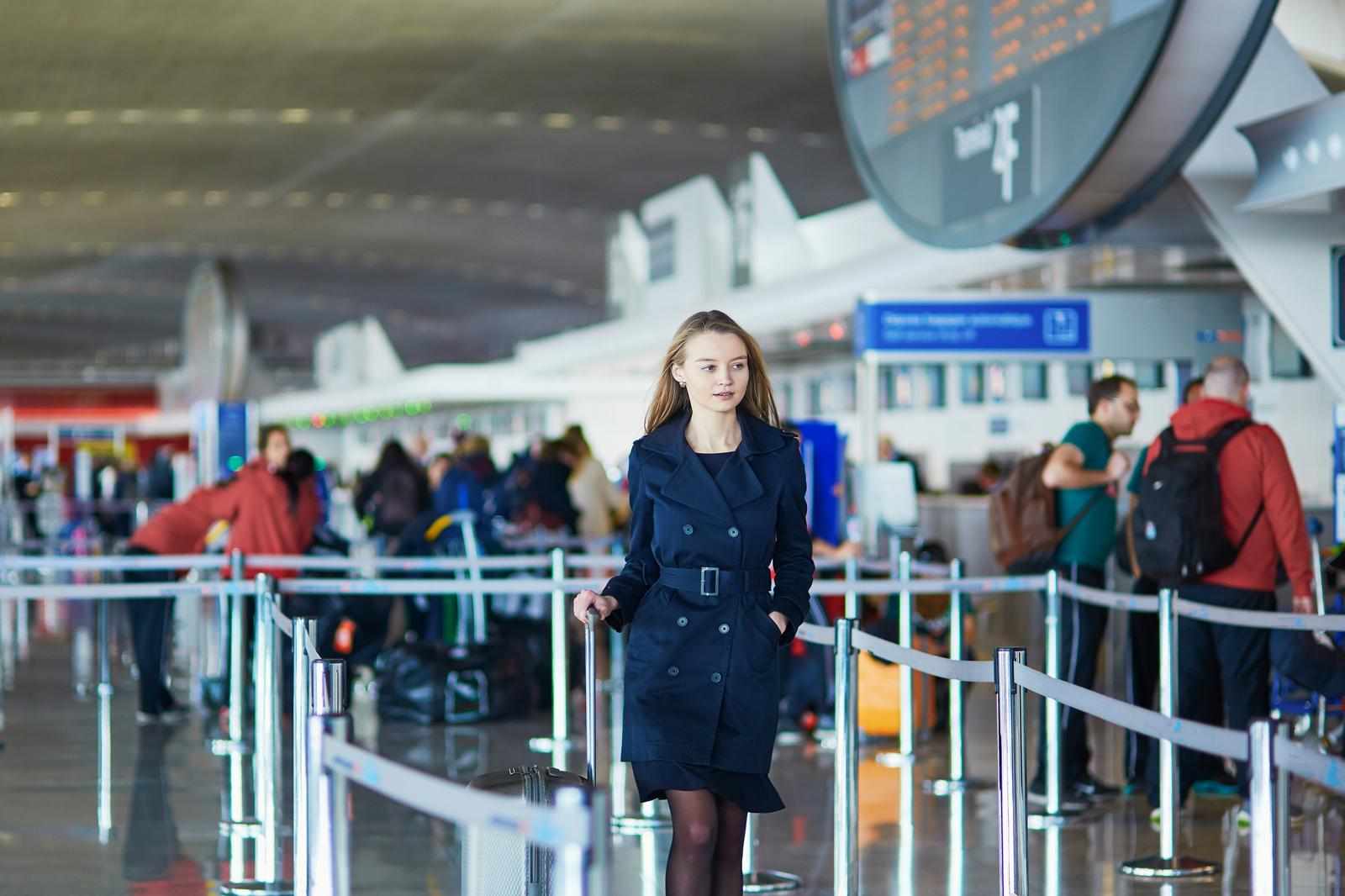
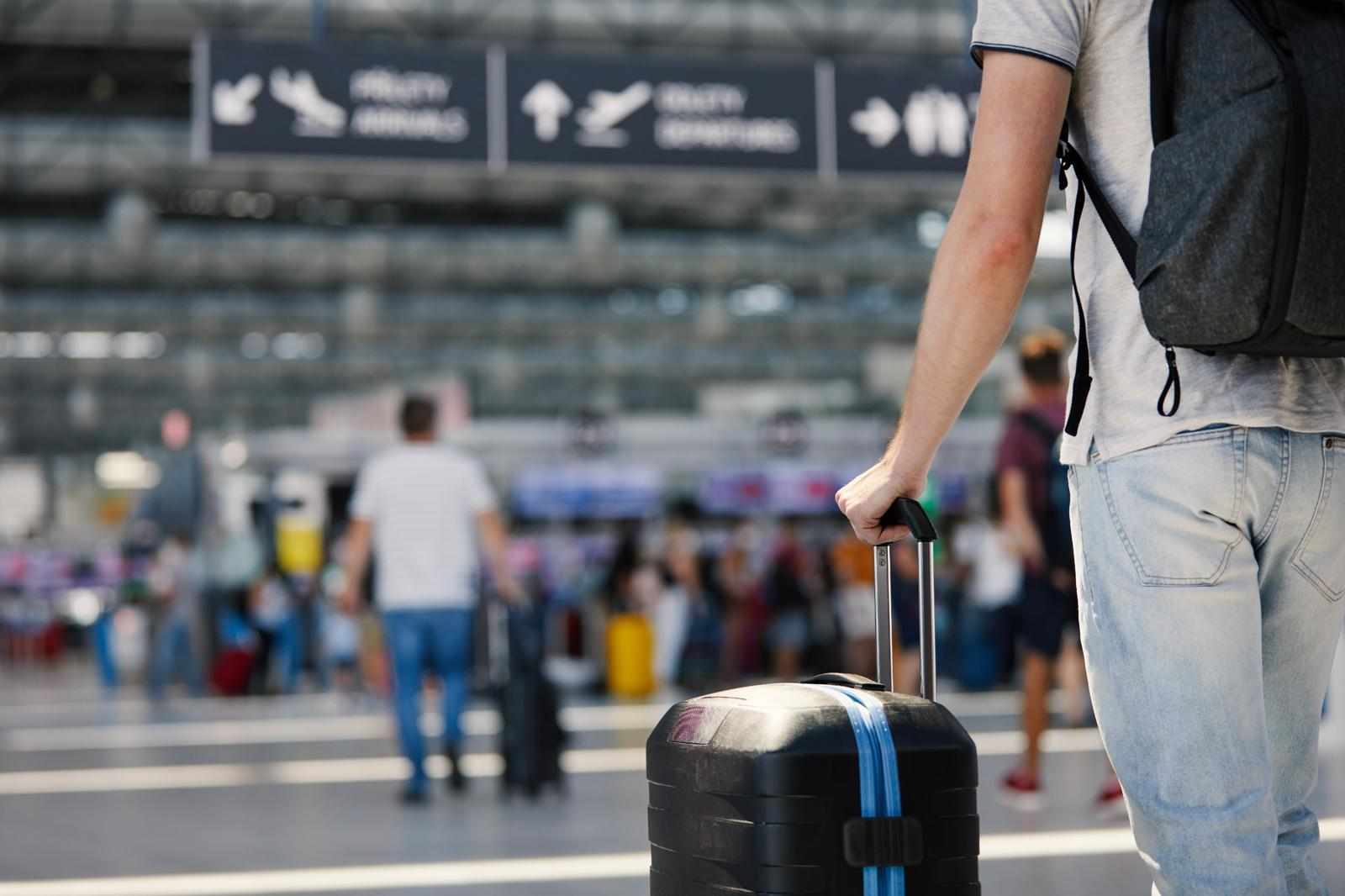

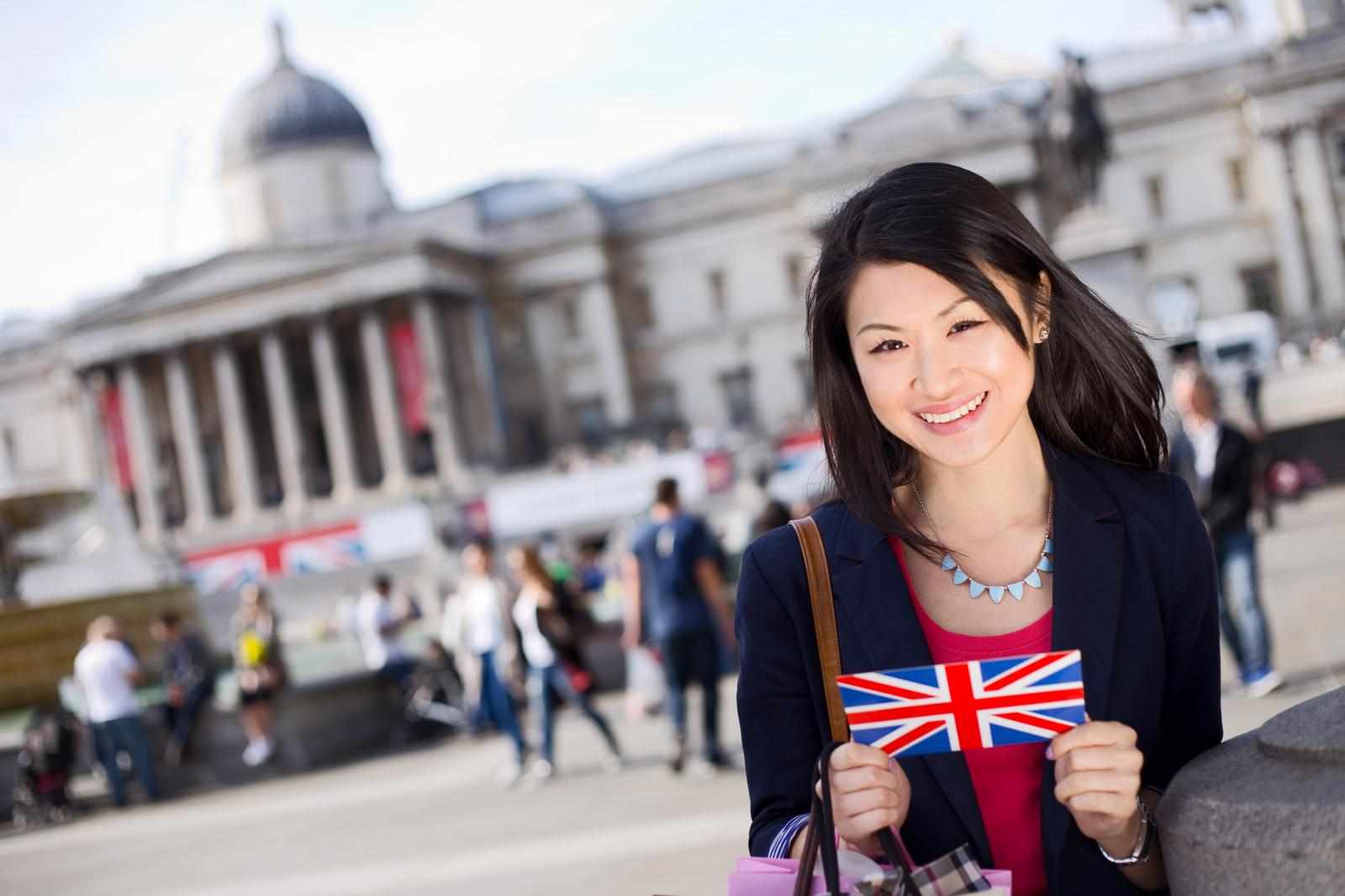
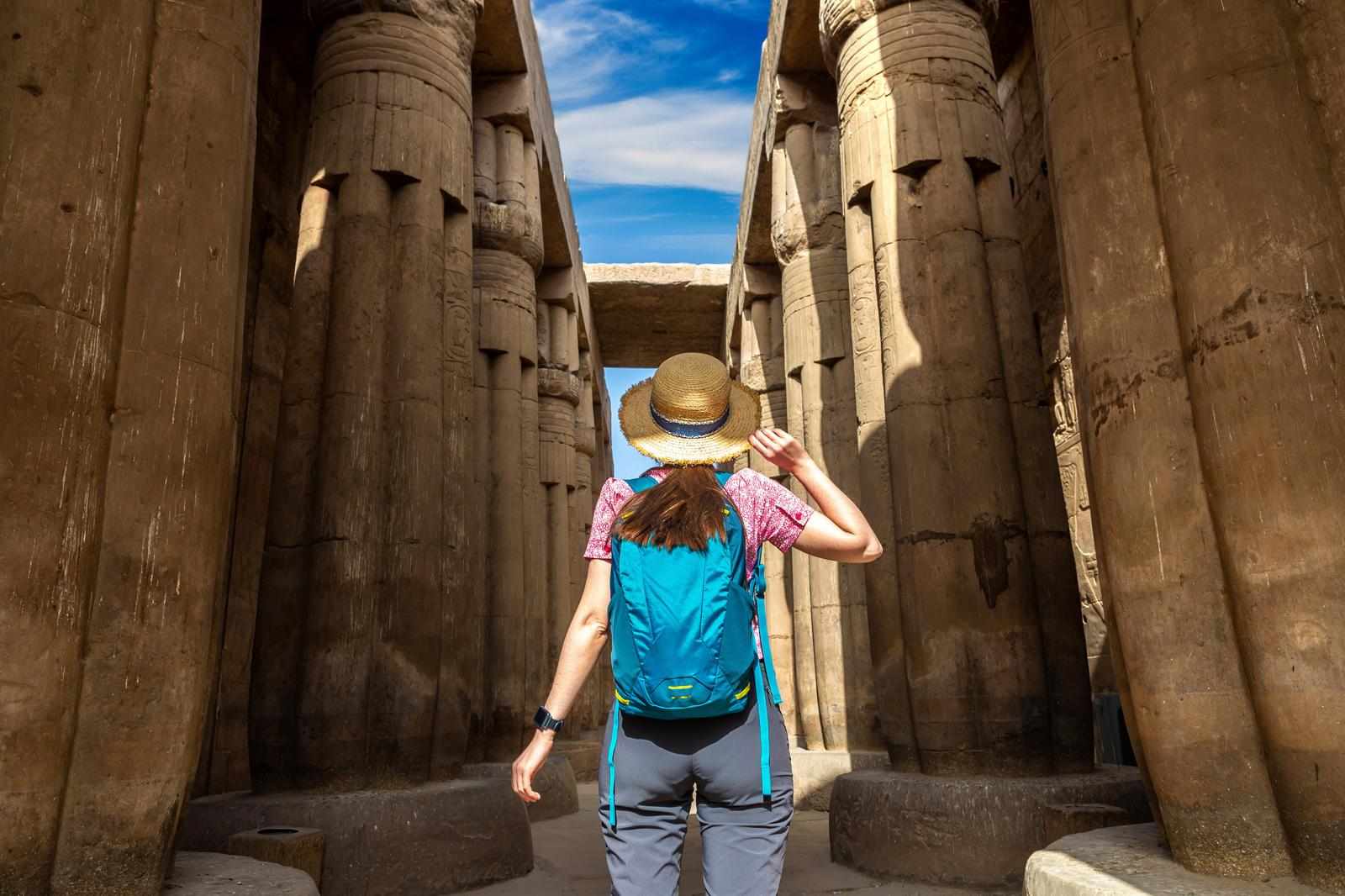
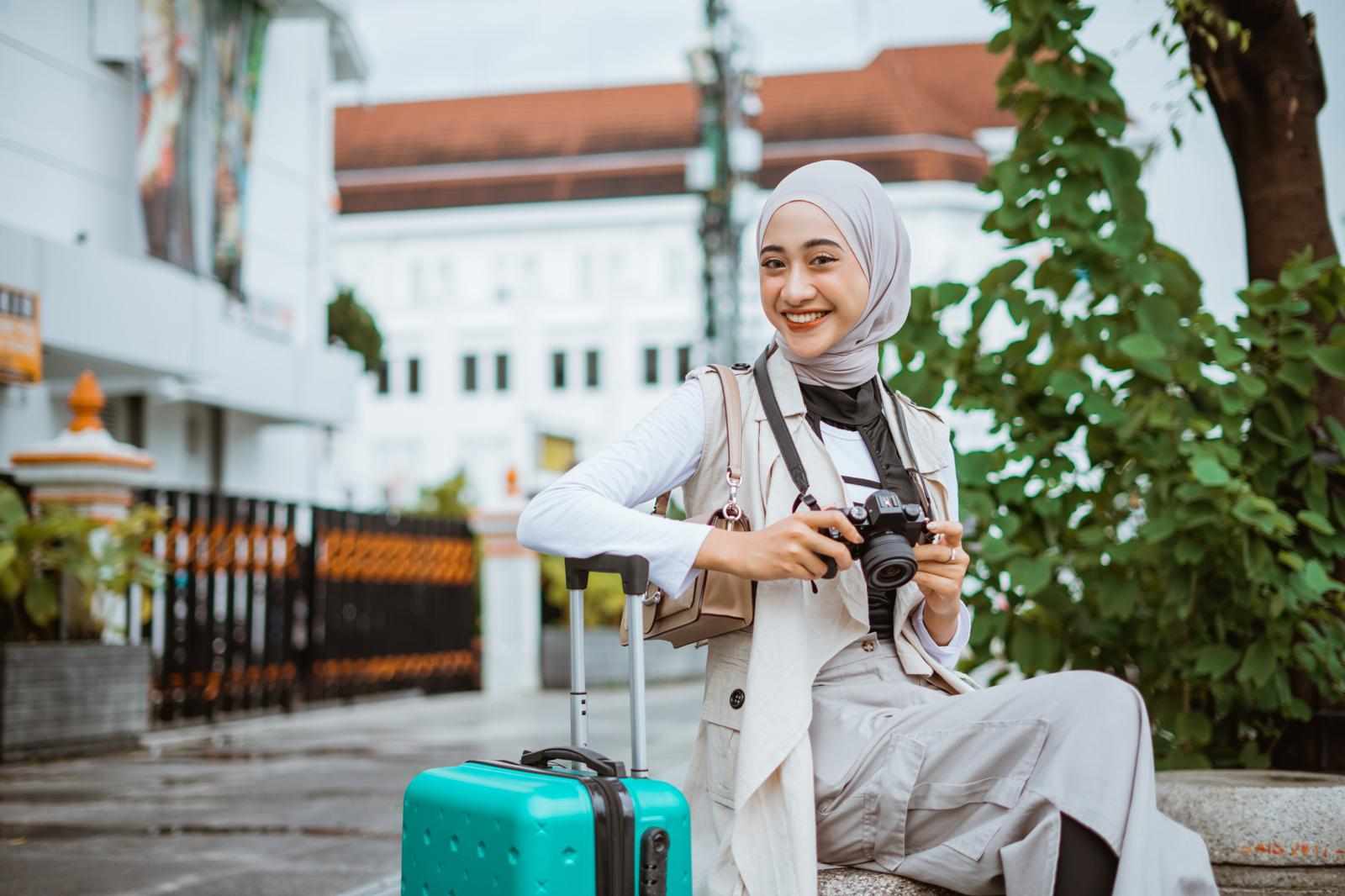
Write a comment ...